1. Bushwick, Brooklyn, New York
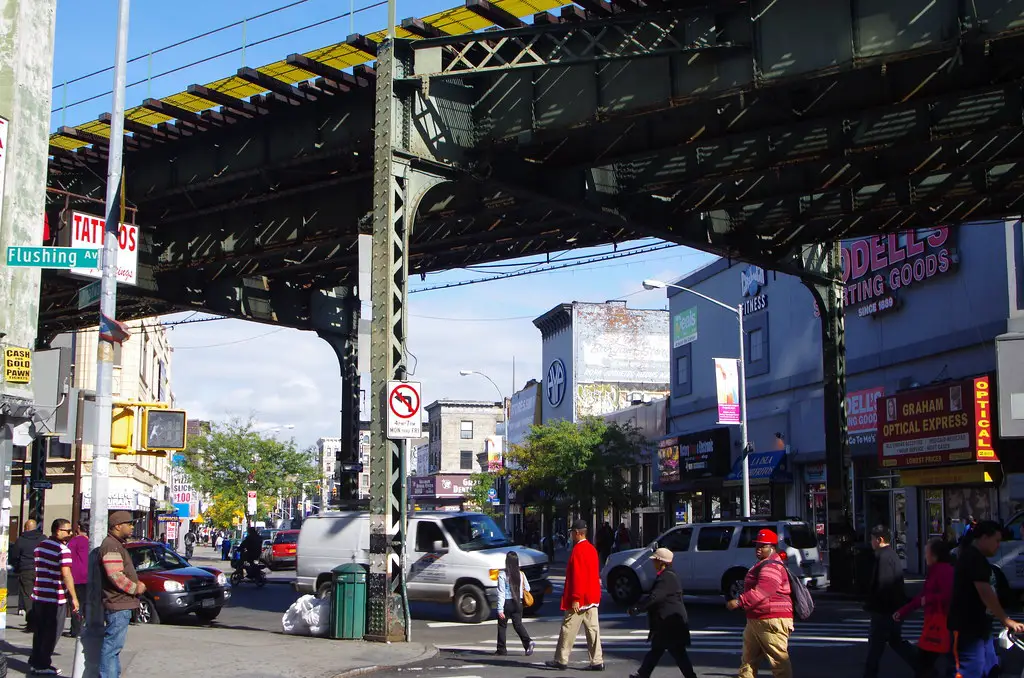
Bushwick has seen a dramatic transformation in recent years, with trendy cafes, art galleries, and luxury apartments replacing industrial spaces. The influx of young professionals and creatives has driven up property values. Longtime residents are facing rising rents, making the area a prime example of gentrification.
2. Logan Square, Chicago, Illinois
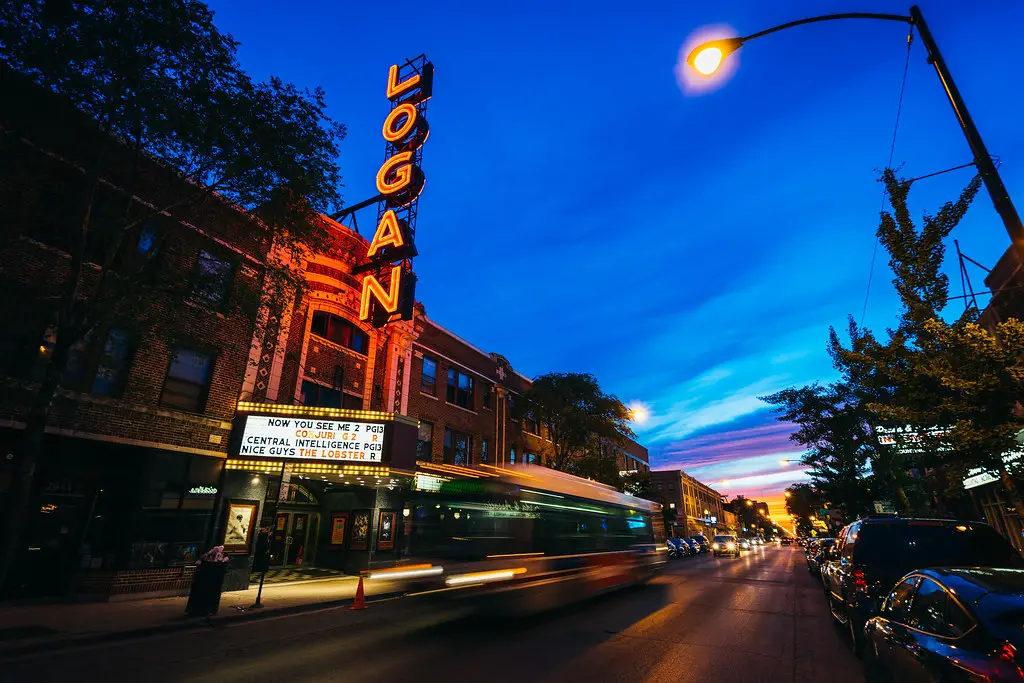
Logan Square’s proximity to downtown Chicago and its growing arts scene have made it a magnet for new residents. Developers are converting older buildings into upscale condos, leading to higher property prices. The neighborhood’s character is shifting as gentrification accelerates.
3. Fishtown, Philadelphia, Pennsylvania
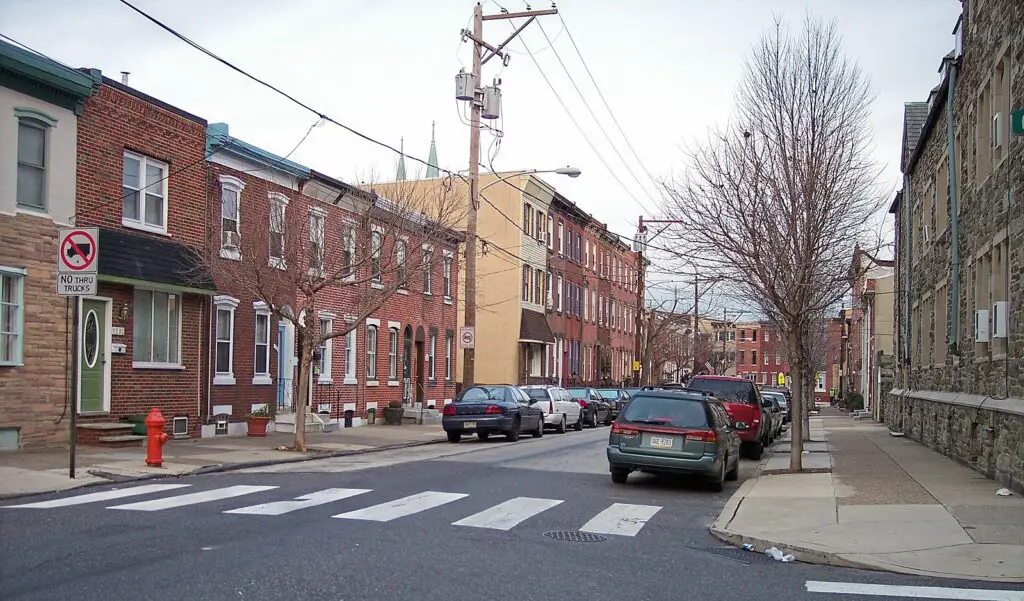
Fishtown is evolving rapidly, thanks to its thriving restaurant scene and boutique retail options. Once an industrial area, it now attracts young professionals looking for affordable alternatives to Center City. Home values are rising, and the demographic landscape is changing quickly.
4. Silver Lake, Los Angeles, California
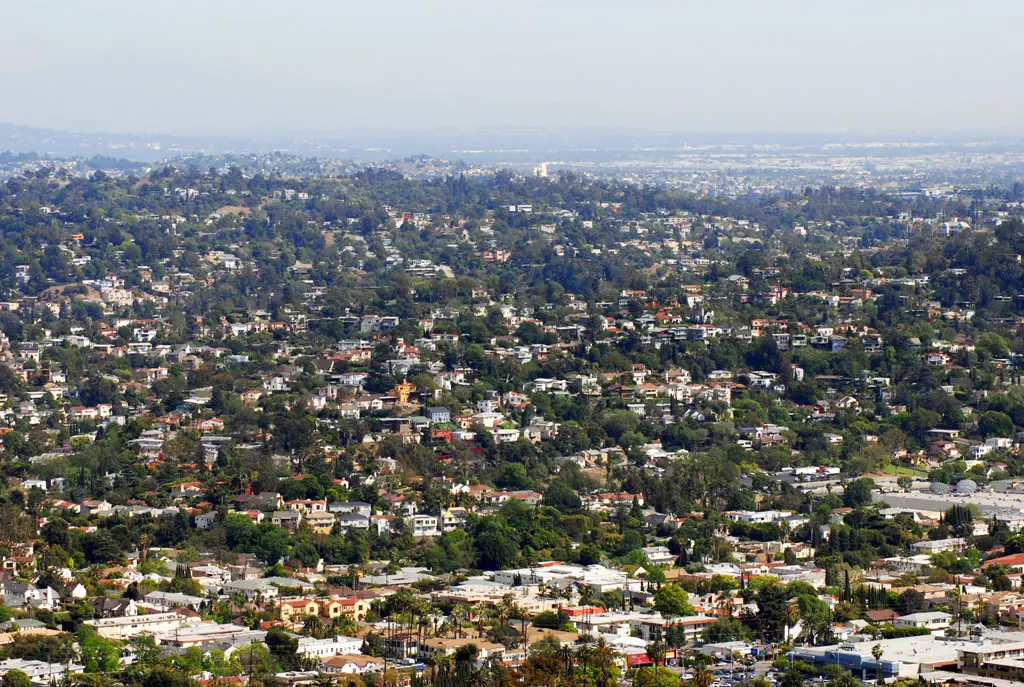
Silver Lake is one of LA’s most gentrified neighborhoods, blending trendy hotspots with a burgeoning real estate market. Its picturesque streets and proximity to downtown have drawn affluent buyers. However, this popularity is leading to rising rents and displacement of longtime residents.
5. Highland, Denver, Colorado
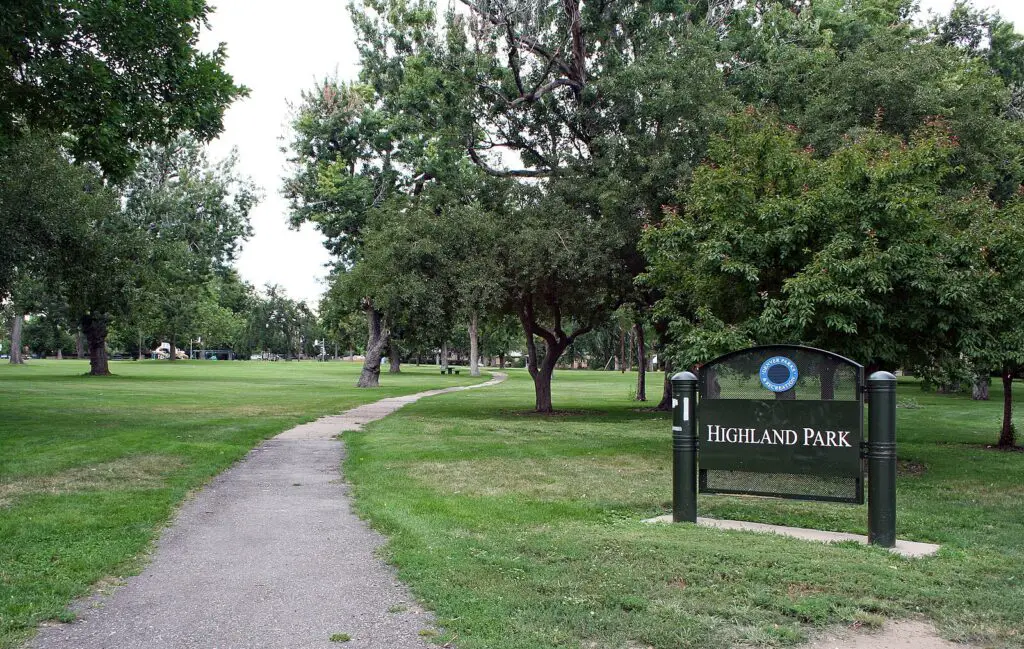
Highland has become one of Denver’s most desirable neighborhoods, with historic homes being renovated and modern developments taking their place. Its dining and nightlife scenes have exploded, attracting young professionals. Gentrification has driven up costs, changing the area’s cultural fabric.
6. East Austin, Austin, Texas
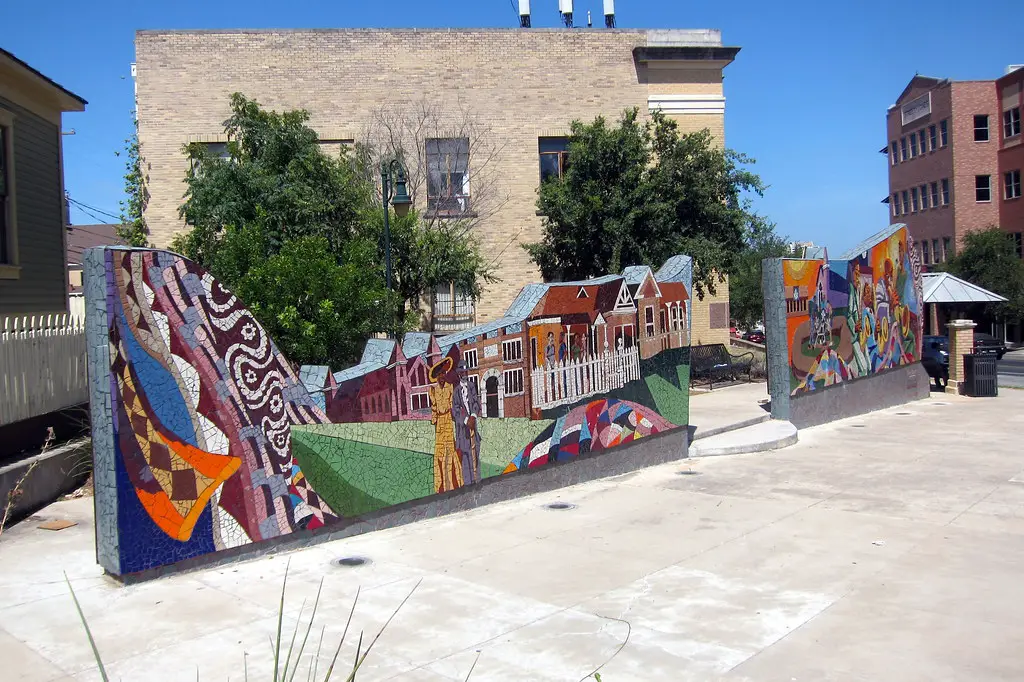
East Austin has transformed from a historically working-class neighborhood to a hotspot for tech workers and entrepreneurs. New developments, including luxury apartments and co-working spaces, have driven up property values. The neighborhood’s cultural identity is evolving amid the rapid changes.
7. Mission District, San Francisco, California
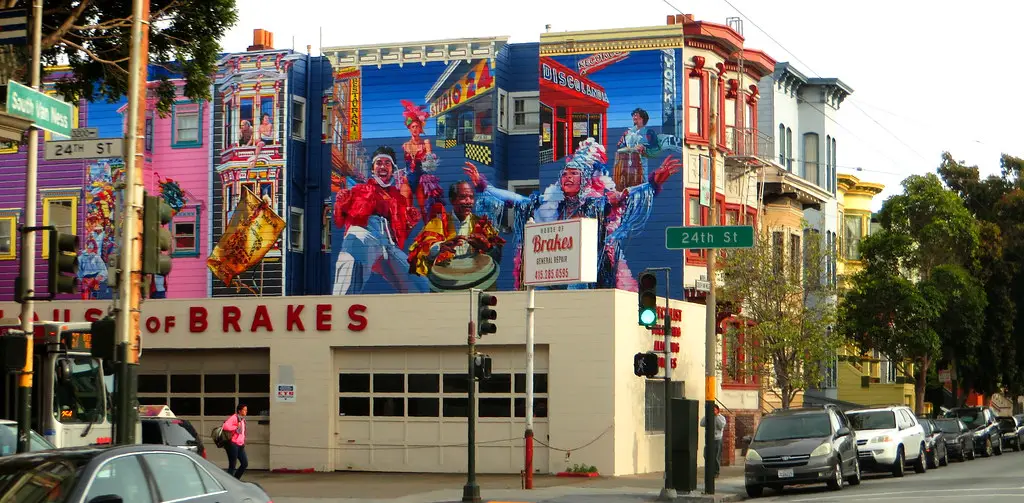
Once a hub for artists and working-class families, the Mission District has seen significant gentrification due to the tech boom. High-end restaurants and modern housing developments dominate the area, making it less affordable for its original residents. The tension between old and new is palpable.
8. Wynwood, Miami, Florida
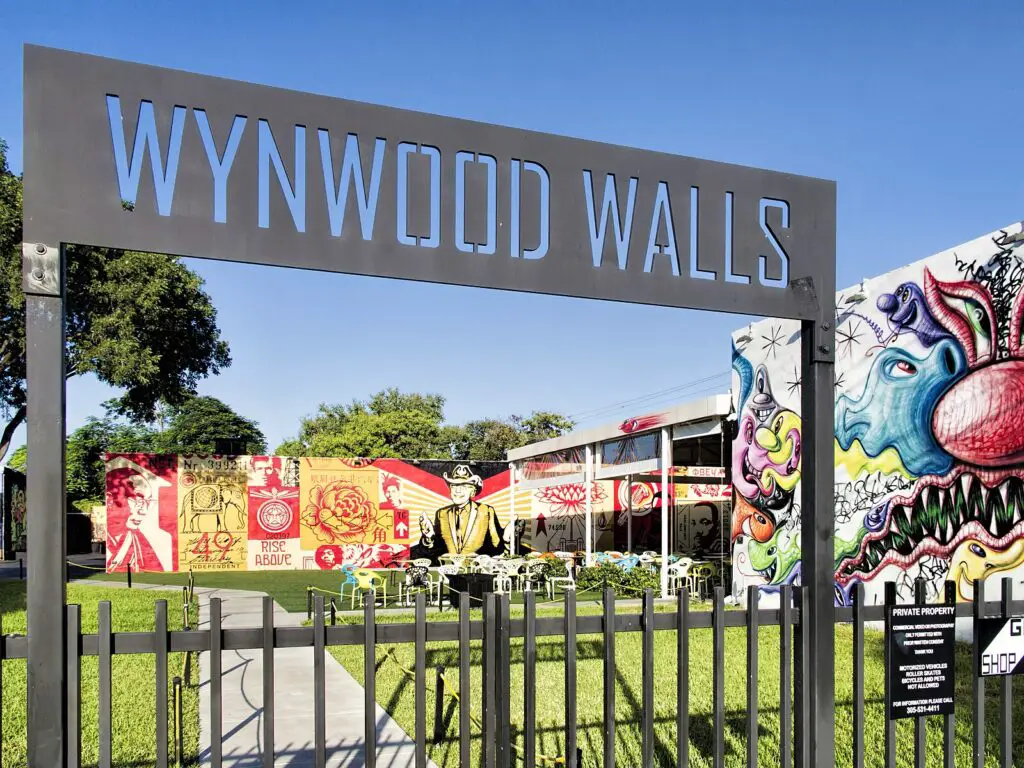
Wynwood has undergone a massive transformation from a warehouse district to an art and dining destination. The neighborhood’s colorful murals and trendy businesses attract tourists and new residents alike. Property values have soared, pricing out many longtime locals.
9. Capitol Hill, Seattle, Washington
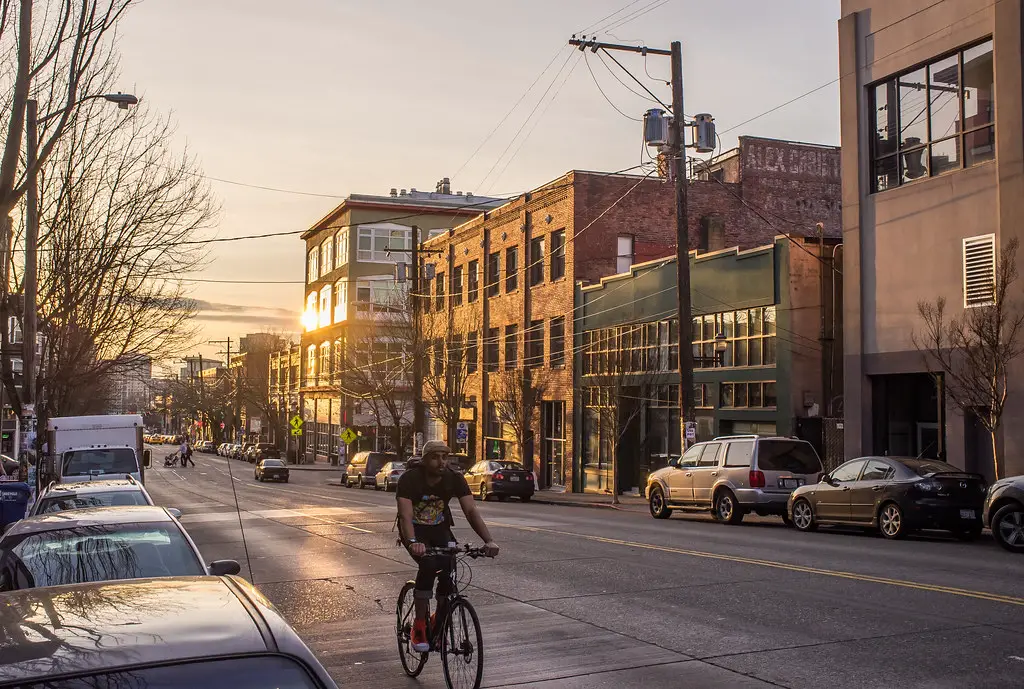
Capitol Hill has shifted from a bohemian enclave to one of Seattle’s priciest neighborhoods. Tech professionals are flocking to the area, drawn by its proximity to downtown and vibrant nightlife. Rising rents and new developments are displacing the community’s historic diversity.
10. Oakwood, Raleigh, North Carolina
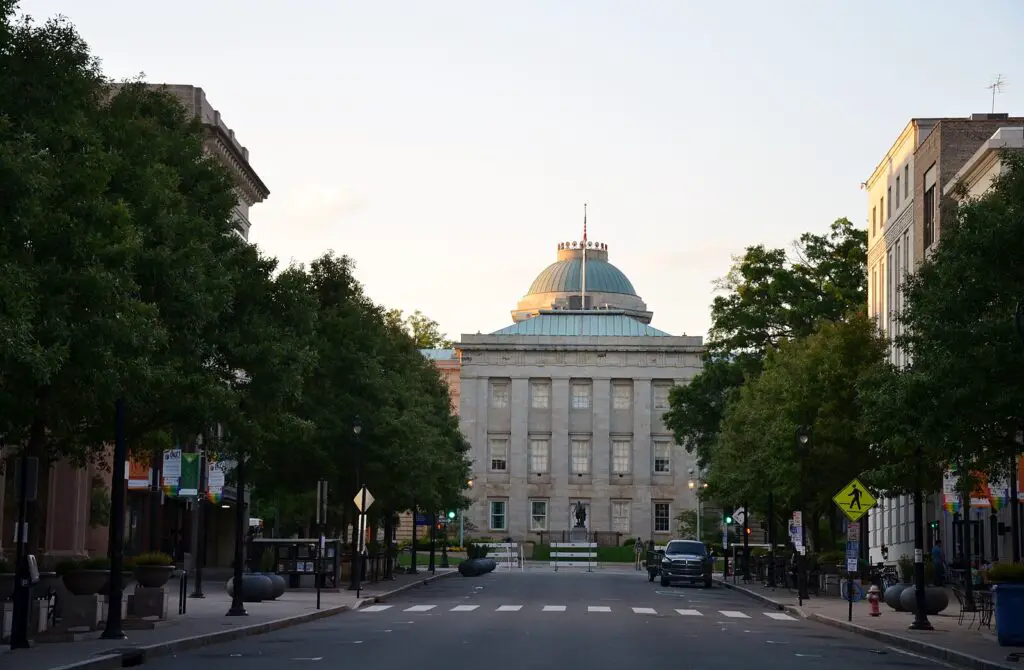
Oakwood’s charming historic homes and tree-lined streets have made it a target for redevelopment. Renovations and new luxury builds are attracting affluent families and professionals. Gentrification is reshaping the neighborhood, raising concerns about displacement.
11. Cabbagetown, Atlanta, Georgia
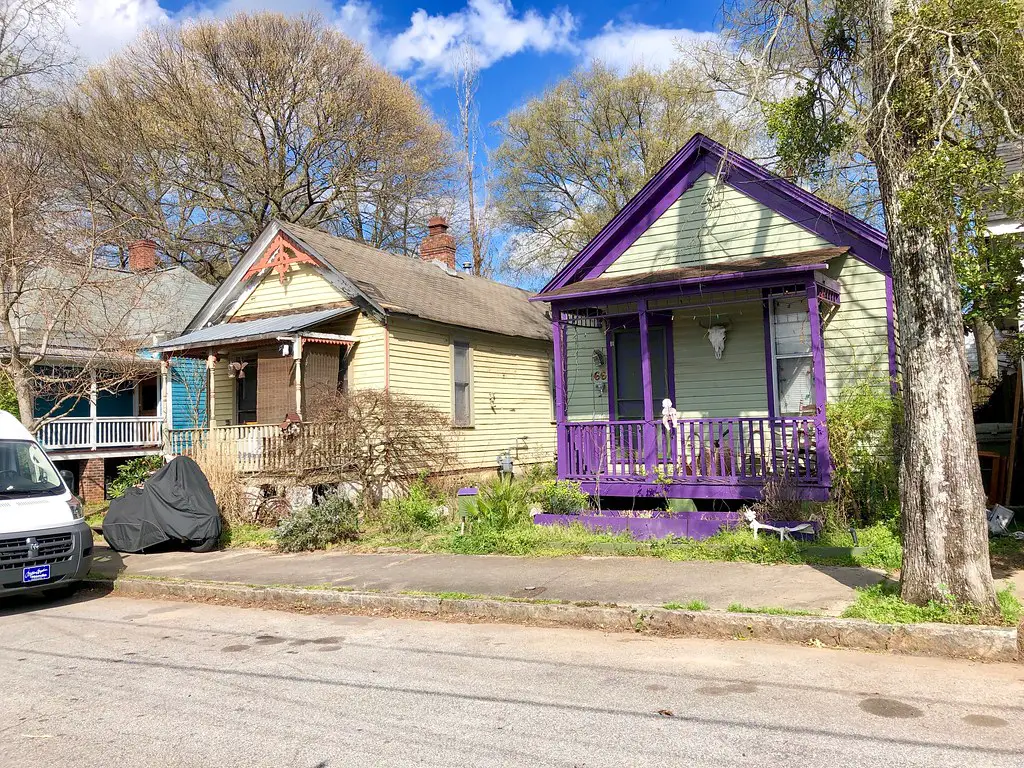
Cabbagetown’s historic homes and artistic vibe have made it a magnet for gentrification. Once a mill town, it now features trendy restaurants and rising home prices. The area’s character is changing as it becomes a hub for young professionals.
12. Old Fourth Ward, Atlanta, Georgia
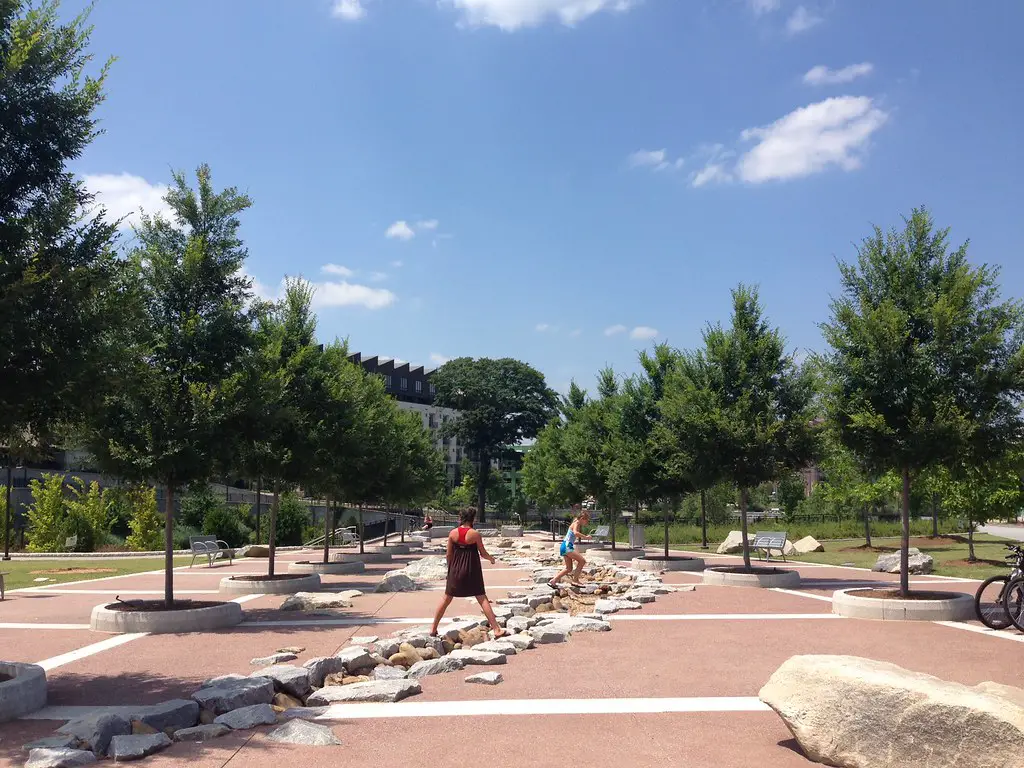
Old Fourth Ward is experiencing a renaissance, with the BeltLine project sparking new developments and increasing property values. High-end apartments and businesses are replacing older structures, pushing out lower-income residents. The area is now a focal point for Atlanta’s growth.
13. Bywater, New Orleans, Louisiana
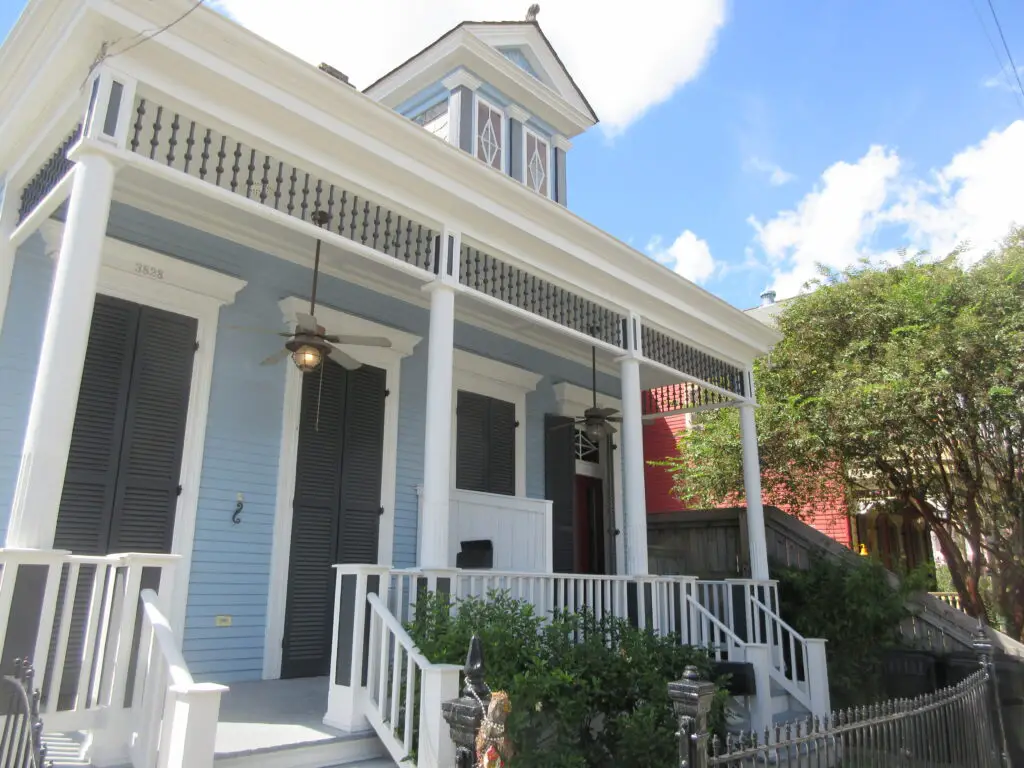
Bywater’s artsy, bohemian roots are being overshadowed by new development and rising rents. The neighborhood’s proximity to the French Quarter makes it attractive to newcomers. Longtime residents are feeling the effects of gentrification as the area undergoes significant change.
14. North Loop, Minneapolis, Minnesota
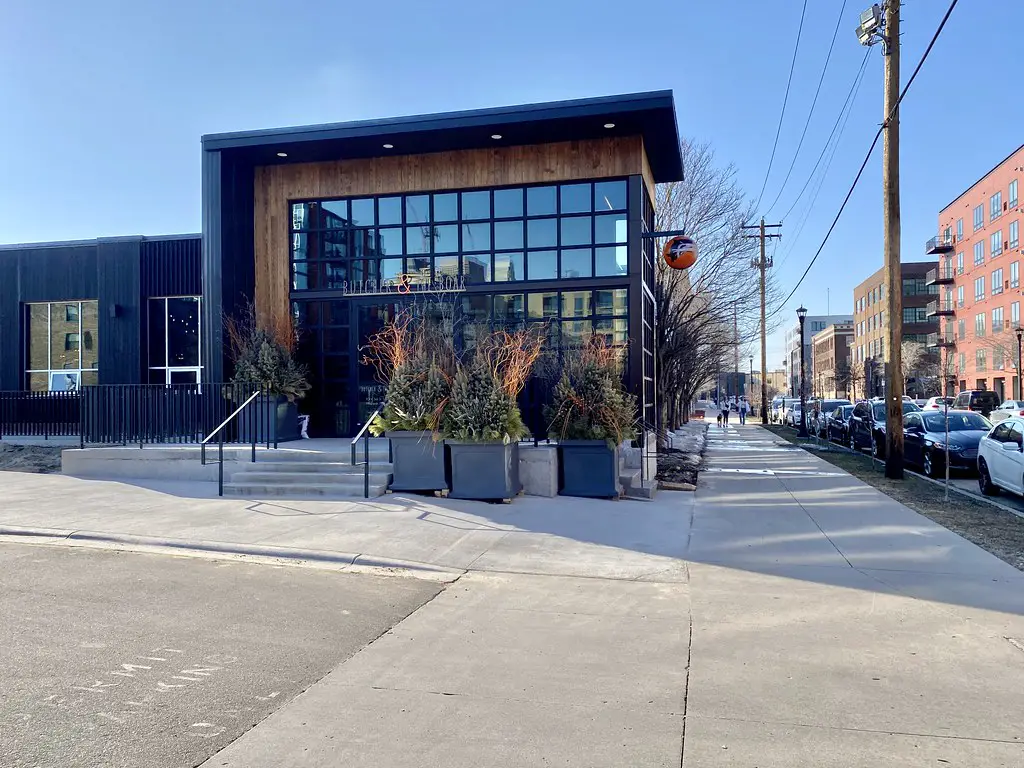
The North Loop has evolved into a chic neighborhood with upscale apartments, restaurants, and boutique shops. Its industrial past has given way to modern developments, driving up property values. The area’s transformation has been both celebrated and criticized for its impact on affordability.
15. Kerns, Portland, Oregon
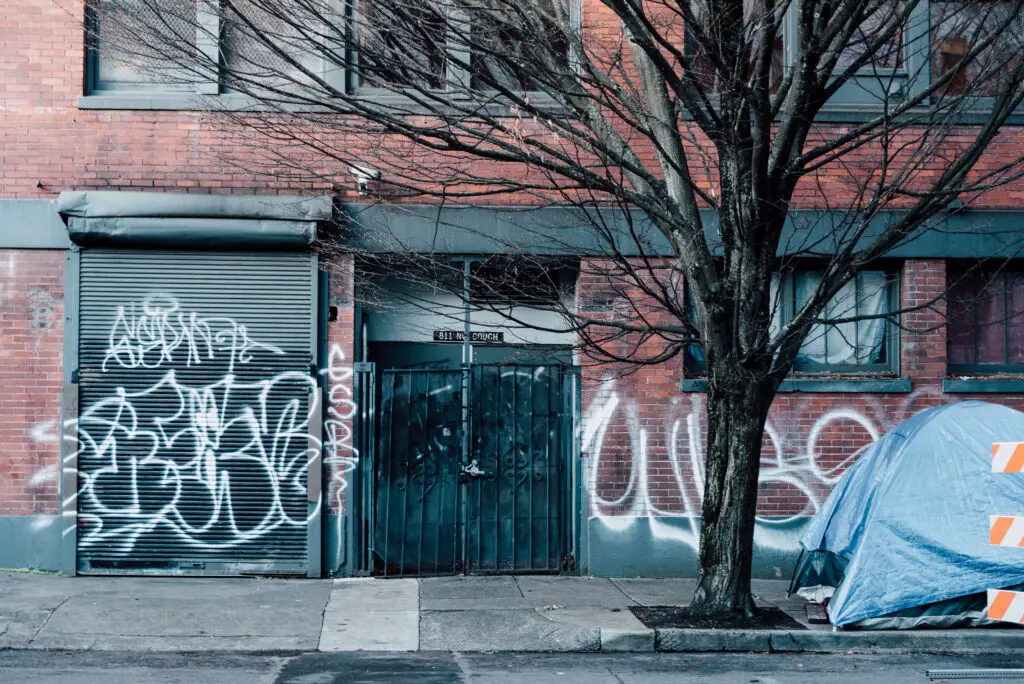
Kerns is rapidly gentrifying as new residents seek its proximity to downtown and vibrant local culture. Craft breweries and renovated homes are attracting a younger, more affluent demographic. Rising costs are creating challenges for the neighborhood’s longtime residents.
